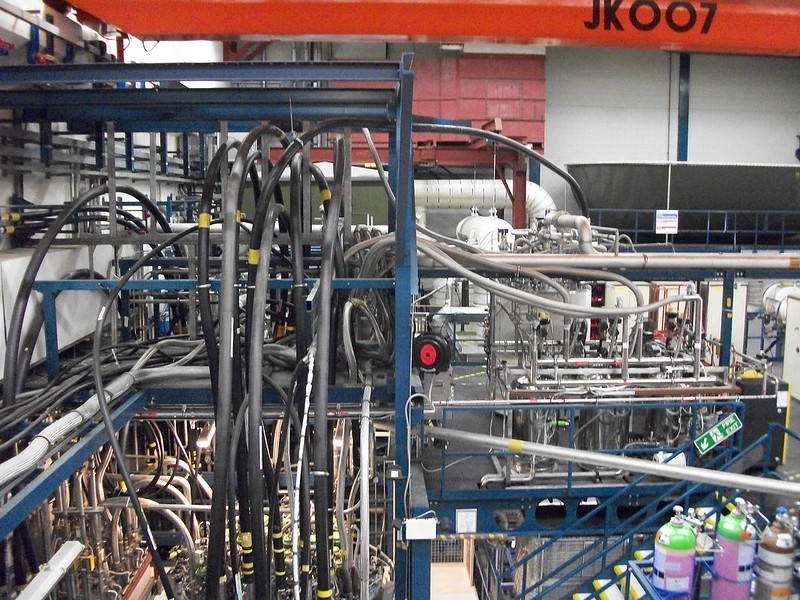The world of technology and industry has been revolutionized by using PTFE plastic. This highly versatile material is known for its excellent chemical resistance, great thermal and electrical insulation properties, and low friction. PTFE is a soft fluoropolymer plastic that can easily withstand high temperatures, making it ideal for various applications.
PTFE plastic is used in several industries, including electronics, aerospace, automotive, and medical equipment manufacturing. For instance, due to their low friction properties, PTFE is widely used to make bearings resistant to corrosion and wear. It also makes an excellent insulation material due to its thermal stability of up to 500°F.
PTFE Plastic in Food Industry
Another significant application of PTFE is in the food industry. Its non-stick properties make it ideal for cookware coating and other food processing equipment such as conveyor belts; this reduces the amount of oil required during cooking and prevents food from sticking onto surfaces.
Laboratories
One key benefit that sets PTFE apart from other plastics is its chemical inertness; it does not react with most chemicals or substances, making it safe for use in sensitive environments such as laboratories where purity levels are critical.
PTFE tubing also plays a vital role in many laboratory applications since it can resist harsh chemicals like acids without breaking down or reacting with them. This characteristic makes it invaluable when working with hazardous materials or conducting experiments where accuracy is paramount.
Electrical
In addition to being chemically inert and thermally stable up to 500°F (260°C), PTFE has superior electrical insulating properties, making it useful for electronic applications. It resists moisture penetration better than most plastics while maintaining its insulating qualities over an extended period; this property makes parts made out of this material last longer than those made out of other materials like nylon or PVC.
Aerospace and Automotive PTFE Plastic
PTFE plastic is also used in the aerospace industry due to its light weight and ability to withstand high temperatures. It is often used as a coating for parts that experience friction or heat, such as engine components, gears, and bearings. This application of PTFE has helped reduce aircraft weight while increasing their durability.
In automotive manufacturing, PTFE plays a critical role, too; it helps make brake systems more effective by reducing wear on parts that would otherwise cause issues like brake squeal or vibration. This material also reduces fuel consumption by making engines run more efficiently with less friction between moving parts.
Medical Equipment
Medical equipment manufacturers have found PTFE plastic helpful in creating devices that require high levels of purity and chemical resistance. For instance, catheters made from this material can resist bacterial growth while maintaining flexibility; this makes them ideal for use in sensitive applications such as cardiac surgery, where contamination could lead to severe complications.
The versatility of PTFE plastic is enormous; it can be molded into different shapes suitable for various applications. It can also be blended with other materials, such as glass fibers, to increase its strength or pigments to give it color without affecting its properties significantly.
In conclusion, the versatile use of PTFE plastic in technology and food industries cannot be overstated. Its unique combination of thermal stability up to 500°F (260°C), excellent electrical insulating properties, and non-stick surface, which makes it ideal for cookware coating and chemical resistance, has made it an essential component in several sectors worldwide. As research continues into this unique material’s properties, more applications will undoubtedly emerge, making our lives easier and enhancing product performance across various fields.

